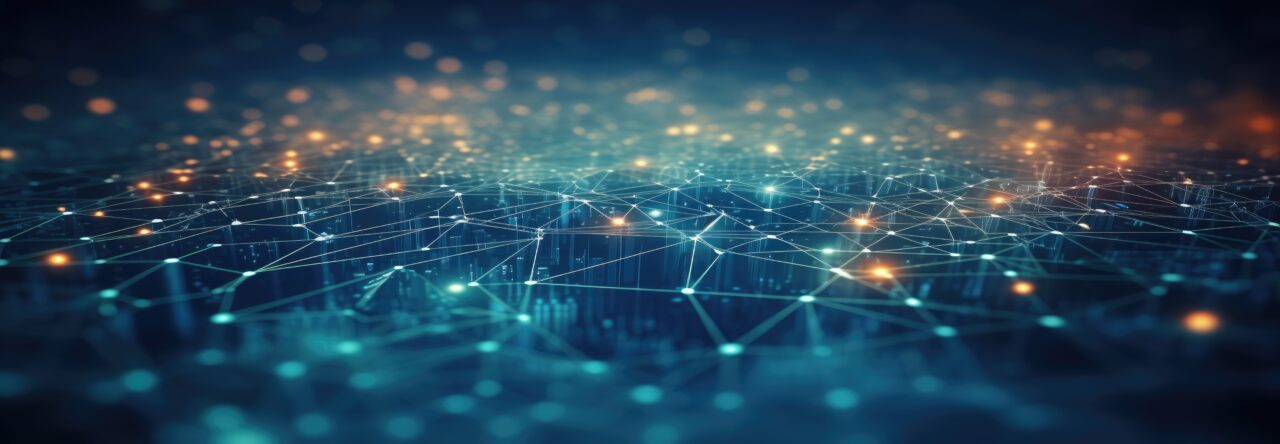Historically, tangible assets were characterized as easy to measure and intangible assets were characterized as difficult to measure.
Recently, tools have emerged that make intangible assets less difficult to measure.
The question arises, at what point does an intangible asset become tangible?
The answer is simple:
When collaboration becomes more profitable than competition.
This may be the most consequential evolution in modern human history.
The Ingenesist Project uses game theory, blockchain, and artificial intelligence to convert intangible assets to a more tangible form.
Tag: intangible


In today’s innovation-driven economy, intangible assets have become the primary source of business value. These assets—ranging from intellectual property and brand equity to scientific knowledge and technological advancements—now account for nearly 90% of all business value and almost half of the world’s stock market capitalization.
This shift reflects a broader economic transformation where the drivers of growth are no longer physical goods or resources but the intellectual contributions of engineers, scientists, and technologists. These professionals are responsible for up to 80% of new economic growth, yet traditional accounting systems fail to adequately capture their contributions because they focus predominantly on tangible assets.
The inadequacy of conventional economic measures like Gross Domestic Product (GDP), which only accounts for physical goods, underscores the need for a new framework that recognizes the value of intangible assets.
A Graph Neural Network (GNN) composed of engineers, scientists, and technologists offers a revolutionary solution. By leveraging advanced technologies such as game theory, blockchain, and artificial intelligence, this network can precisely quantify and track the contributions made by these professionals. Unlike traditional accounting systems that rely on static measurements of physical assets, a GNN dynamically maps relationships and interactions within a knowledge-based economy, providing real-time insights into how innovation drives value.
This approach democratizes the recognition of intellectual contributions, ensuring that those who create value in the modern economy are properly rewarded. As intangible assets continue to dominate business landscapes, implementing a GNN as an accounting and inventory system will not only provide more accurate valuations but also foster a more equitable distribution of wealth in the innovation economy
Video Transcript
A tangible asset can be directly measured in physical space.
An intangible asset cannot.
Nearly 90% of all business value and 48% of the World’s stock market value is derived from intangible assets.
Up to 80% of new economic growth can be attributed to engineers, scientists, and technologists.
Yet, the determination of tangibility is made by accountants.
As a result, Gross Domestic Product only includes tangible assets – this has an impact on money supply.
Engineers, scientists, and technologists have developed methods to measure intangible assets with great precision.
The Ingenesist Project uses game theory, blockchain, and artificial intelligence to measure the true value of engineering, science, and technology
Help us reveal the intrinsic economy from which all people can profit.

